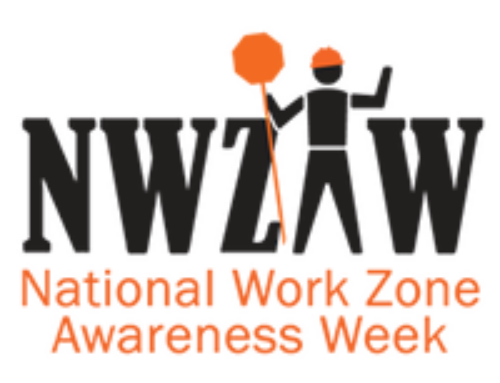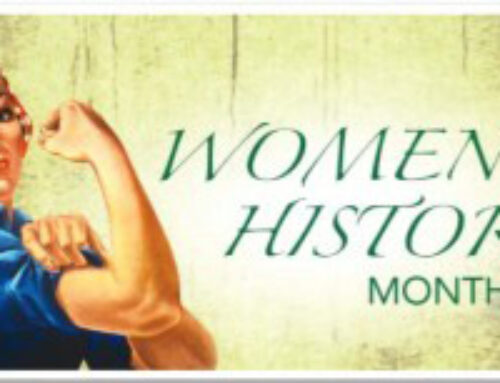The United States, like most advanced industrial Western societies, is experiencing a demographic transformation that will unquestionably change the way most companies, large and small, conduct business. Companies/industries who are ready and understand that cultural competency and diversity are fundamental to business success will be the true winners in the culturally complex United States of the 21st century. (1)
Curt Coffman and Kathie Sorensen in their New York Times best-selling book, Culture Eats Strategy For Lunch, state, “ Nature is clear. So is business: evolve or die . . . To survive in this new economy, many companies have placed their faith in strategy, brand, and innovation . . . what goes wrong isn’t the strategy; rather, success or failure is a result of the organization’s culture . . . . The brand promise may be crafted at the strategy level, but it is the organization’s culture that either delivers or breaks that promise.” (2)
Cultural competence is the integration and transformation of knowledge about individuals and groups of people into specific standards, policies, practices, and attitudes used in appropriate settings to increase safety, productivity, workforce readiness, and the quality of services, thereby, producing better outcomes.
Cultural competence is also the ability to think, feel, and act in ways that acknowledge, respect, and build upon ethnic, socio-cultural, and linguistic diversity. “Equity is society’s commitment to meet people where they are and provide for each the resources necessary to enable them to achieve at their highest levels. Equity is about respecting each person’s inherent worth and acknowledging in word and in deed that the primary infrastructures of our society have failed to do so.” (3)
“[The] notion of racial equity is closely tied to the notion of gaps. Data consistently show gaps in the performance of society’s various systems and markets, yielding very different results for different racial and ethnic groups. . . These GAPS are maintained . . . by denial of equal opportunity and equal protection.
“Achieving greater racial equity means achieving greater social justice. It means closing those gaps – in our educational systems, our justice systems, our job and capital markets, and so on. . .
Inequity exists to the extent that a particular system or market does NOT perform equally for different groups, on average. . . The good news is, because such systems are [created/constructed over time], they can be changed in ways that achieve greater equity. . .” (4)
They can be changed over time by means of:
- Education
- Soft Skills
- Transportation Issues
- Employment Skills/Strategies – Networking
- Apprenticeship Access
- Workplace Environment
- Intercultural Competence Education/Training
- Grievance Resolutions
- Mentoring
The majority of these issues point to areas external to the actual construction job market. They can ALL be in place without ANY measurable closing of the gap of racial equity in the actual job/workplace environment. It is necessary to actively engage in crafting and advancing solutions that can help close that gap. Some suggestions for engagement:
It is necessary to actively engage in crafting and advancing solutions that can help close that gap. Some suggestions for engagement:
- Develop/disseminate zero tolerance policies for workplace bullying – it is against the law – developing educational/training modules to educate workers about this practice and exactly what is included in workplace bullying, along with punitive company policies when bullying is practiced.
- Develop/disseminate zero tolerance policies for workplace discrimination and sexual harassment policies – it is against the law; educational benefits for workers, along with punitive company policies when discrimination and sexual harassment is exercised.
- Develop/disseminate educational modules for implicit/unconscious bias to more fully understand and act on one’s own attitudes and actions in the workplace.
- Develop/disseminate inter-cultural competency educational modules to foster workplace safety, productivity, and workforce stability within an expanding environment of decreasing workers along with expanded demographic diversity.
- Work in partnership with owners/buyers of construction services to embrace these issues as promoting “more construction for their money” and to increasingly incorporate them as part of their project general conditions, thus requiring general contractors and subcontractors to provide evidence of their adherence to these policies and practices; not doing so can/will result in an inability to bid/negotiate these projects.
Over time, hiring and retention should reflect the practices of these policies, and thereby, result in increased racial equity through cultural shifts in the workplace.
Written by the SLCCC Diversity Committee, Cultural Competency Sub-Committee. Next month look for a discussion of the “Stages of Cultural Competency” here!
References
1 – http://businessroundtable.org/sites/default/files/legacy/uploads/studies-reports/downloads/BRT_TakingActionEW_V903_10_04_13.pdf
2 – Coffman, Curt W. and Kathie Sorensen, PhD; Culture Eats Strategy for Lunch (Denver, Colorado: Liang Addison Press, 2013).
3 – David Dodson, President of MDC, Inc. (MANPOWER DEVELOPMENT CORPORATION) located in Raleigh-Durham, North Carolina, summarizing a group discussion with participants in a Ford Foundation conference on Community Philanthropy and Racial Equity in the American South.
4 – Steven E. Mayer, PhD, “Racial Equity” Effective Communities Project http://www.effectivecommunities.com/pdfs/ECP_RacialEquity.pdf






